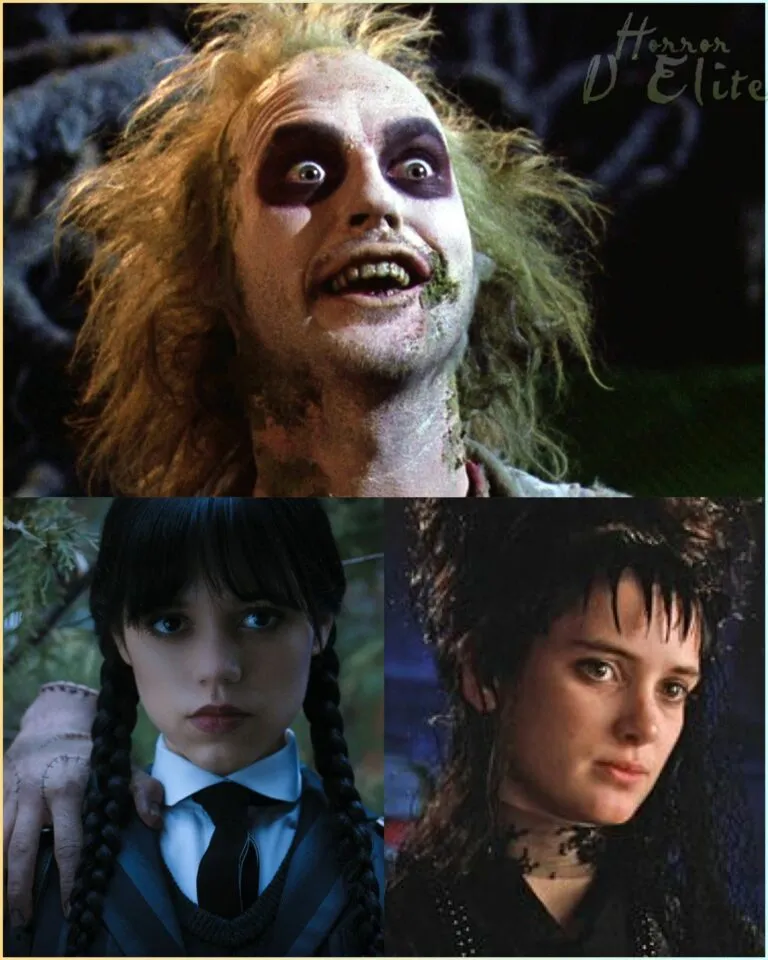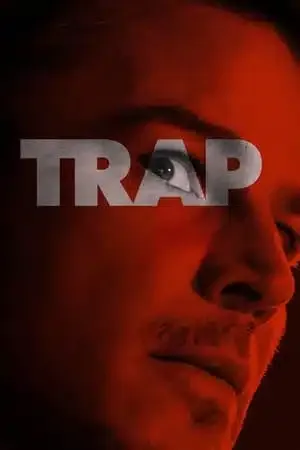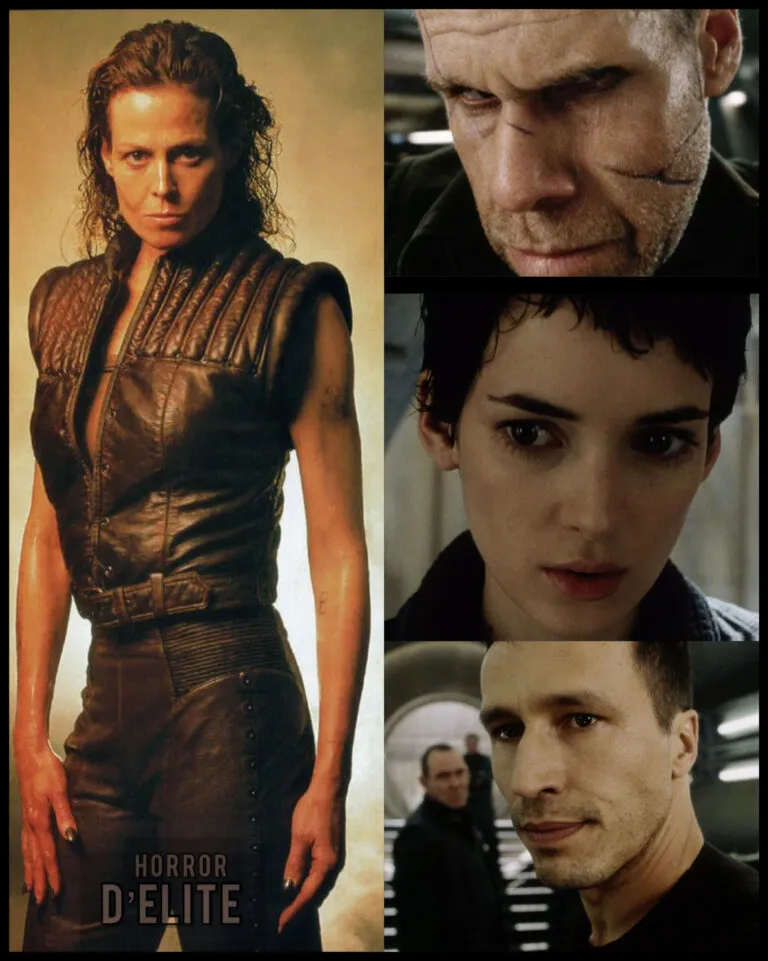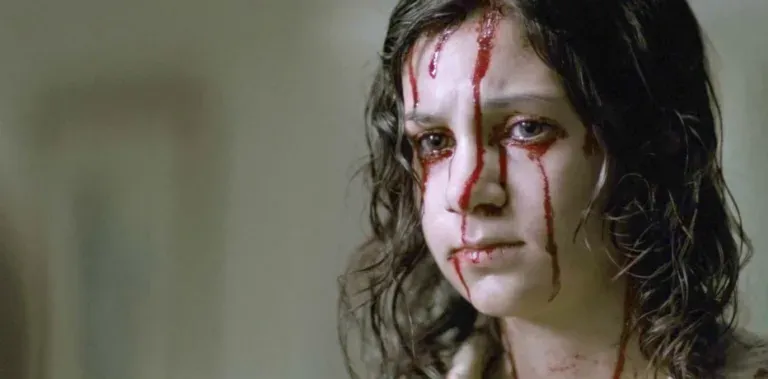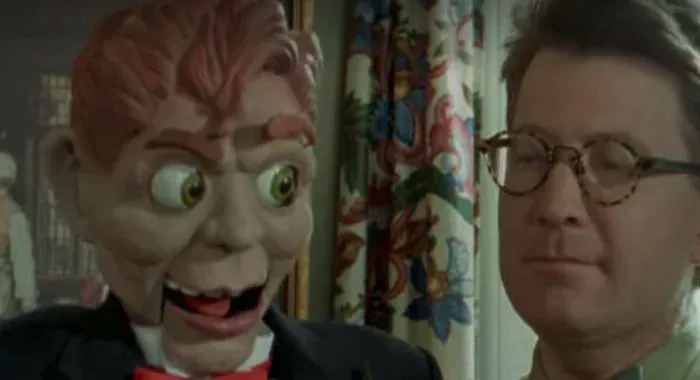Blade the Leader in Puppet Master
Puppet Master“, a 1989 horror film directed by David Schmoeller, is one of the pillars of 80s genre cinema, capable of creating one of the longest-running and most iconic horror franchises. Produced by Charles Band’s Full Moon Features, the film launched a series that would generate numerous sequels, spin-offs, and a passionate fanbase. At the heart of the story are puppets animated by occult forces, each with unique and unsettling characteristics. Among them, the most recognizable and terrifying is undoubtedly Blade the Leader in Puppet Master, a puppet that has become the symbol of the series.
Plot of the Film
The story of “Puppet Master” begins with André Toulon, a puppeteer who discovers an ancient Egyptian secret to bring his marionettes to life. Set in 1939, the film opens with Toulon hiding his creations before taking his own life, to prevent his discovery from falling into Nazi hands. Decades later, in the film’s present (the 80s), a group of psychics gathers in a mysterious hotel to investigate the death of their colleague, Neil Gallagher. What they discover is that Gallagher has awakened Toulon’s puppets, now animated and ready to wreak havoc.
 Blade: The Icon of the Series
Blade: The Icon of the Series
Among all the puppets animated by Toulon, Blade is without a doubt the most recognizable and terrifying. Blade is characterized by an appearance that perfectly embodies the sinister charm of the film: a pale, skeletal face, deep, hollow eyes, and a mouth that seems ready to hiss threats. His figure, dressed in a long black leather coat and fedora, resembles a silent and relentless assassin, an image that has captured the imagination of horror fans.
What makes Blade particularly frightening are his weapons: instead of a right hand, Blade has a sharp knife, while his left hand is equipped with a metal hook, both lethal in his hands. These weapons make him one of the most dangerous antagonists among the puppets, capable of inflicting death with surgical precision. But what truly sets Blade apart is his behavior: cold, calculating, and surprisingly intelligent for an animated creature.
The Aesthetic of Blade
Visually, Blade is a masterpiece of horror design. His skeletal face, with its essential and terrifying features, is designed to evoke death itself. His eyes, empty and expressionless, seem to observe the world with an inhuman coldness. The contrast between his elegant black outfit and his macabre face creates a disturbing effect, reflecting the contrast between the charm and the terror that Blade embodies.
Blade’s movement, often accompanied by an unsettling mechanical sound, is one of the characteristics that make him most frightening. Although small and seemingly fragile, Blade moves with lethal precision, sliding into shadows and attacking when his victims least expect it. This combination of appearance and movement makes Blade not just a puppet, but a true incarnation of horror.
 The Psychology of Terror in “Puppet Master”
The Psychology of Terror in “Puppet Master”
“Puppet Master” skillfully plays with deep human fears: the idea that inanimate objects can come to life and act with malevolent intent is a concept that touches deep chords in the subconscious. Blade and the other puppets represent a subversion of what should be familiar and harmless. Puppets, often associated with childhood and fun, are here transformed into instruments of death, feeding a form of horror based on the inversion of expectations.
The “Puppet Master” saga also stands out for its unique approach to portraying villains. The puppets, while frightening and lethal, are also somehow endearing. This duality contributes to making the film fascinating, creating an ambiguous bond between the viewer and these creatures, which are not simply evil but complex and in their own way “alive.”
The Influence of Blade and His Cultural Impact
Blade has become an icon not only of the “Puppet Master” series but of the entire horror genre. The character has appeared in almost every film in the saga, becoming a central and recognizable figure. His unique design and personality have made him a symbol of 80s and 90s horror cinema, a time when practical creatures, created with tangible special effects, dominated the screen.
The success of “Puppet Master” led to the creation of an entire narrative universe, with Blade as one of the standout figures. The character has inspired toys, action figures, comics, and has continued to terrorize and fascinate horror fans for decades. His ability to remain relevant over time, despite the evolution of the horror genre, is a testament to the strength of his design and the concept he represents.
Conclusion
“Puppet Master” is a film that has left an indelible mark on the horror cinema landscape, and Blade is undoubtedly one of the elements that contributed to this success. With his unsettling design, silent lethality, and charismatic presence, Blade perfectly embodies the essence of the series: a mix of terror, charm, and complexity.
For horror lovers, “Puppet Master” and its terrifying Blade represent a must-see reference, an example of how a simple puppet can become a symbol of timeless horror. Blade will continue to live in our nightmares, a silent and menacing presence that reminds us all that even the smallest things can hide the greatest evil.
 Subscribe to our YouTube Channel
Subscribe to our YouTube Channel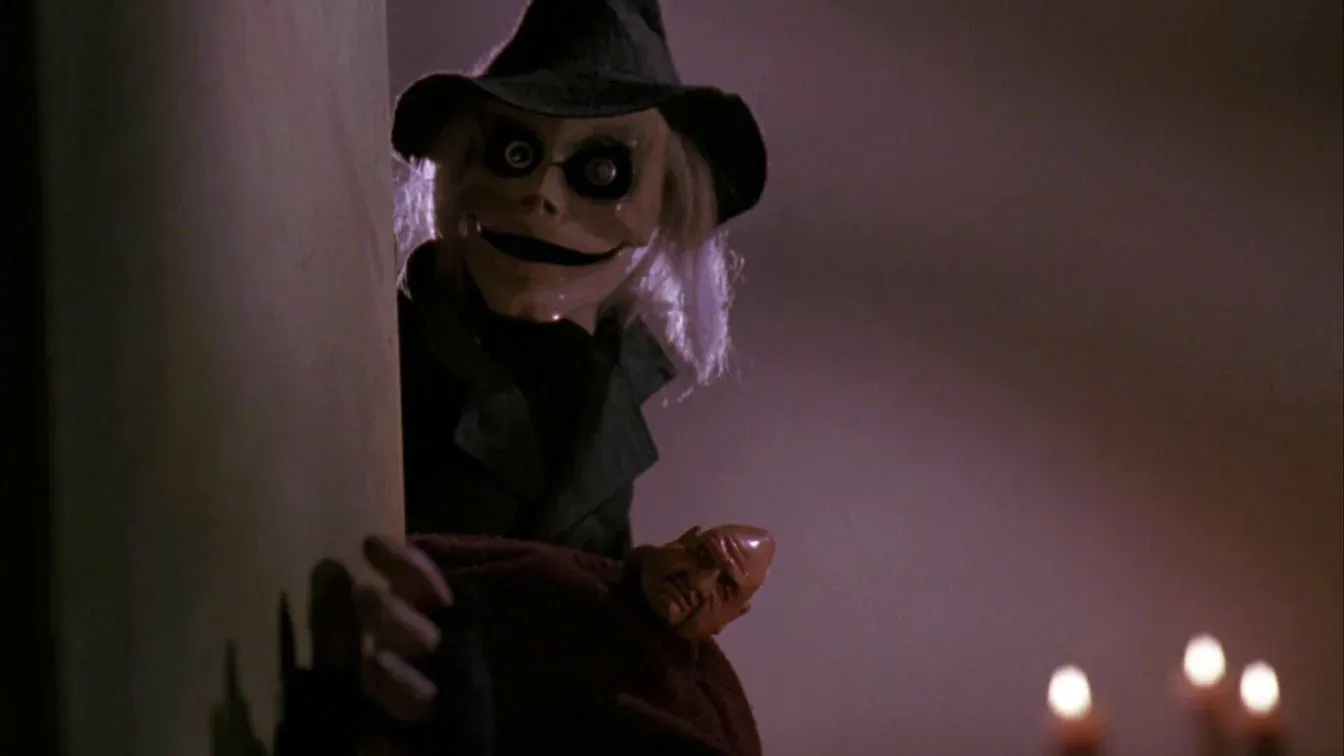
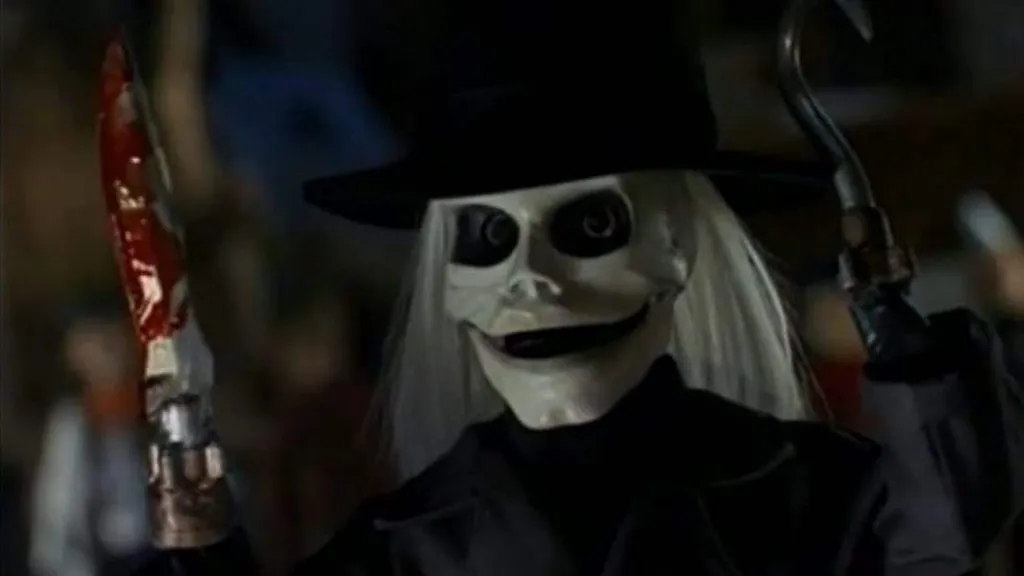 Blade: The Icon of the Series
Blade: The Icon of the Series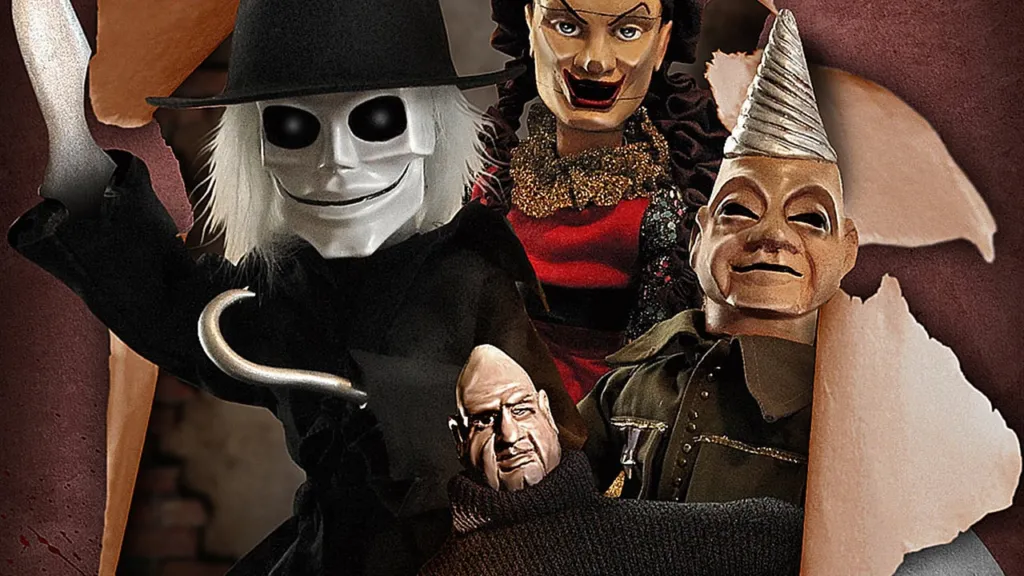 The Psychology of Terror in “Puppet Master”
The Psychology of Terror in “Puppet Master”